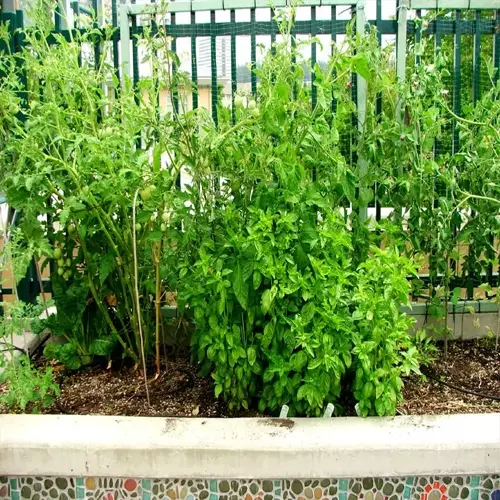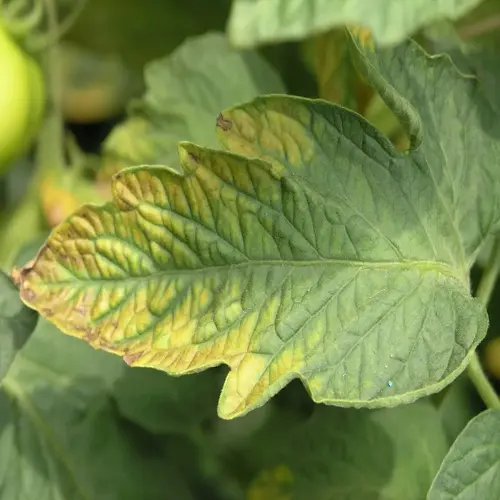How does mulching help conserve water?

Written by
Paul Reynolds
Reviewed by
Prof. Samuel Fitzgerald, Ph.D.Mulching conserves water by utilizing mechanisms that protect soil moisture and prevent evaporation. Evaporation barriers are formed when mulch blankets the soil surface, essentially stopping the direct sun. Temperature control slows down the rate of drying from heat. I apply mulch every year and cut back irrigation by 30%. These layers keep weeds at bay that can drink up all the moisture.
When properly implemented, one can obtain the greatest benefit from water conservation. It's best to apply 3-4 inches of mulch around trees and shrubs, and 1-2 inches around perennials. My vegetable garden flourishes with straw mulch renewed every spring. Keep mulch away from the plant stems to avoid rot. Reapply yearly, as mulch breaks down and loses effectiveness.
Application Methods
- Apply before summer heat to lock in spring moisture
- Replenish mid-season as decomposition thins coverage
- Use coarser mulch on slopes to prevent wash-off
- Combine with drip irrigation under mulch layers
Seasonal Adjustments
- Increase depth during drought periods
- Refresh after heavy rains that compact layers
- Apply light winter mulch for root insulation
- Remove excess mulch before rainy seasons
Mulching greatly improves rainwater absorption. Crust prevention enables water to penetrate faster during rainstorms. I've seen a 40% water absorption benefit from mulching my garden. Reducing the runoff rate recharges groundwater more. Organic mulches, over time, improve soil structure, allowing higher retention.
Steer clear of mistakes that can diminish effectiveness. One example is when creating mulch volcanoes directly against tree trunks that promote rot. Or plastic barriers that restrict access to water. I learned that dyed mulches can be damaging to soil biology. Fresh wood chips can temporarily bind nitrogen and will need replenishment.
Different areas around the garden require different approaches. Use grit or gravel in succulent beds where shredded organic mulch retains too much water, as it can cause excessive moisture. Use straw in vegetable gardens with frequent access. My perennial borders do well with cocoa hull mulch. Match the mulch type to the plant's water needs and the aesthetic of the garden.
Implement mulching now for apparent water savings. Begin with high-water plants such as vegetables and new plantings. Then, measure the moisture level every week to determine its effectiveness. Each growing season, your garden becomes increasingly resilient. Likewise, correct mulching will have a tremendously positive effect on both water conservation and plant health.
Read the full article: 10 Essential Water Conservation Gardening Tips

